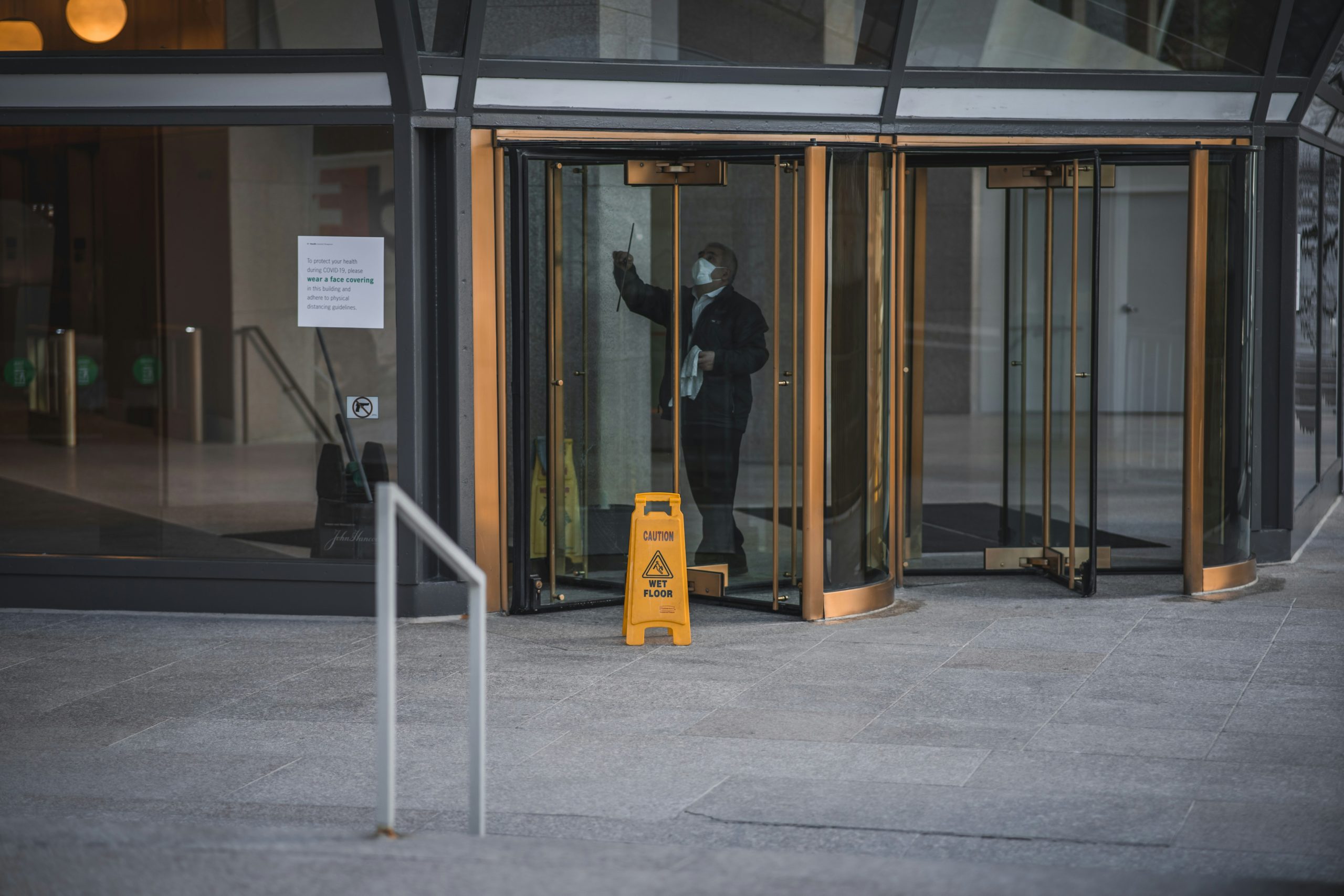Strategic Facilities Management: The Unseen Forces Behind Clean Spaces
10 May 2024
Uncover the hidden power of strategic facilities management in keeping Melbourne spaces clean. Trust Ausbright for excellence. Call us now to learn more!
Behind every clean, well-maintained facility lies a complex network of strategic planning and coordination. Effective facilities management is more than just ensuring a tidy appearance; it’s a comprehensive approach that encompasses various aspects, from maintenance and cleaning to asset management and energy efficiency. In Melbourne, Ausbright is leading the way in managing facilities, providing businesses with tailored solutions that optimise their operations and create a seamless, efficient environment.
The Core Principles of Strategic Facilities Management
Strategic facilities management is built upon several core principles that guide its implementation and ensure optimal results.
• Proactive Maintenance: Strategic facilities management emphasises proactive maintenance practices to address issues before they escalate. By conducting regular inspections, preventive maintenance, and timely repairs, facilities managers can uphold cleanliness standards and prolong the lifespan of assets.
• Resource Optimisation: Effective resource allocation is a cornerstone of strategic facility management. This involves optimising the use of resources such as manpower, equipment, and supplies to maximise efficiency while minimising waste. By strategically deploying resources, facilities managers can achieve optimal cleanliness outcomes within budgetary constraints.
• Risk Management: Anticipating and mitigating risks is essential in maintaining clean and safe spaces. Managing facilities involves identifying potential hazards, implementing safety protocols, and ensuring compliance with regulations to minimise risks to occupants and property.
• Stakeholder Engagement: Engaging stakeholders, including building occupants, cleaning staff, and service providers, fosters collaboration and ensures alignment towards cleanliness goals. Effective communication and collaboration enhance transparency, accountability, and collective responsibility for maintaining clean spaces.
How to Implement Strategic Facilities Management Practices
Implementing strategic facility management practices requires a systematic approach and a commitment to continuous improvement.
• Conduct Comprehensive Assessments: The first step is to conduct a thorough assessment of the facility, including its physical condition, operational processes, and performance metrics. This assessment will identify areas for improvement and provide a baseline for setting goals and measuring progress.
• Develop a Comprehensive Plan: Based on the assessment findings, organisations should develop a comprehensive facility management plan that outlines specific goals, strategies, and action steps. This plan should be tailored to the facility’s unique needs and challenges and involve input from all stakeholders.
• Leverage Technology and Automation: Modern facility management heavily relies on technology and automation to streamline processes, improve efficiency, and enhance data collection and analysis. Investing in robust management software, Building Automation Systems (BAS), and other smart building technologies can significantly enhance the effectiveness of strategic practices.
Clean, well-maintained spaces are not merely the result of routine cleaning and upkeep; they are the product of strategic facility management practices that carefully orchestrate every aspect of a facility’s operations.
By adhering to core principles and implementing best practices, facilities managers can uphold cleanliness standards, mitigate risks, and enhance occupant satisfaction. For professional and strategic facility management services in Melbourne, trust Ausbright to deliver excellence and cleanliness beyond expectations.
Optimized by: Netwizard SEO








